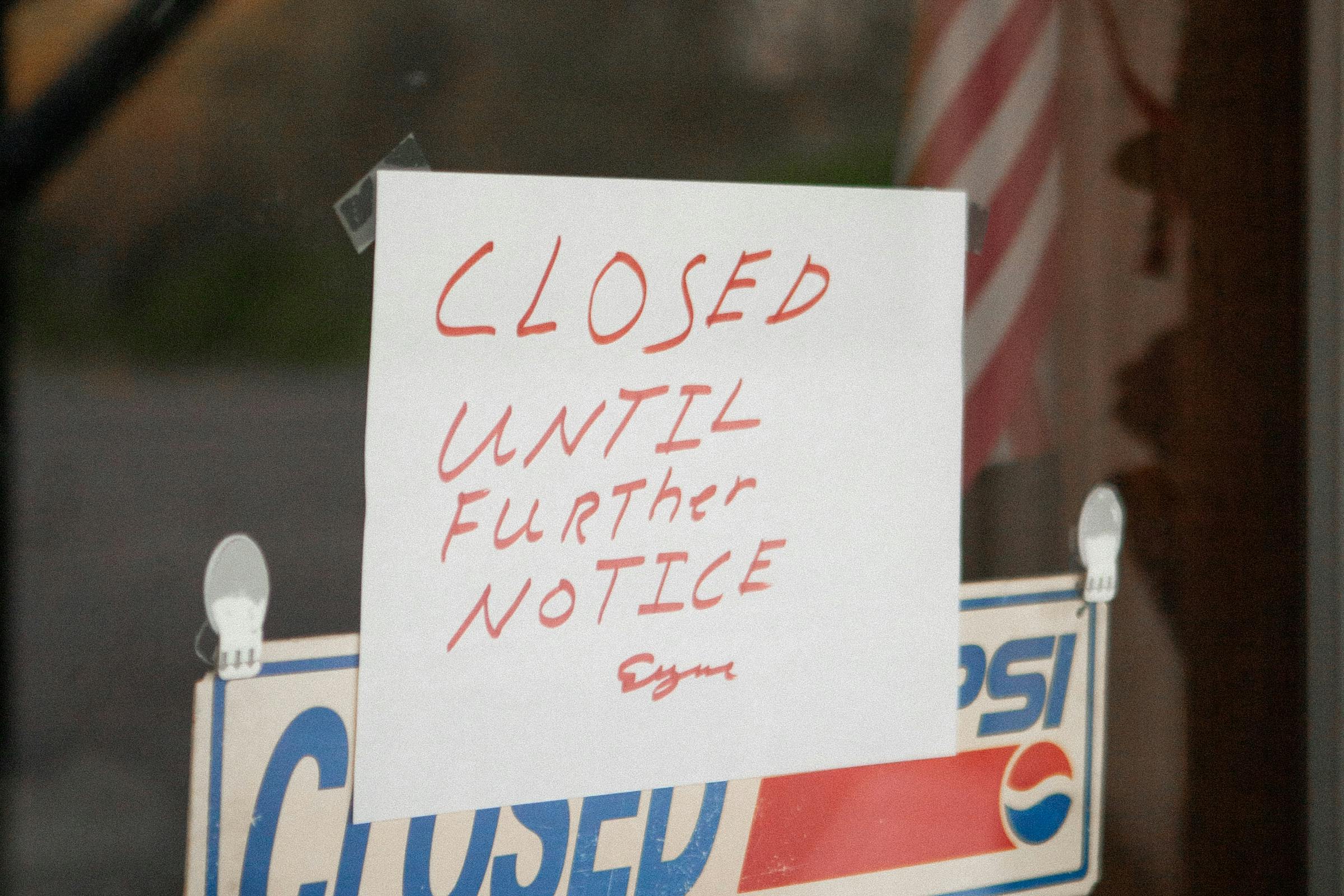The H-1B Visa in Summary
Under an H-1B visa, foreign individuals and their immediate families may live and work in the United States. The visa is difficult to obtain, and only those with the skills needed in specialty occupations can successfully apply.
Qualifying for an H-1B visa requires the initial sponsorship of a US-based employer. The person or company hiring the H-1B beneficiary retains the right to terminate the individual without incurring a penalty. When this happens, the employee’s terms under the H-1B contract are voided, and they must either leave the country or find another job approved by USCIS.
As of January 2017, H-1B workers out of the contract of their original jobs, either willfully or through layoffs and termination, have a 60-day grace period to determine their next steps. They can legally remain in the country while looking for a new employer to sponsor their visa or make arrangements to leave the US.
The Employer’s Requirements During Termination
Employers can fire their H-1B workers without fear of penalties from the US government. However, specific requirements must be met during the termination process.
To begin with, the employer must provide the employee with an unambiguous notification of “bonafide termination,” communicated in writing. This notice must state that the relationship between them as employer and employee has been terminated.
Then, the employer must notify USCIS by letter that this material change to the original terms and conditions of the H-1B visa has occurred. It is recommended that this is performed through a certified letter to the correct service center handling the visa via the United States Post Office. The letter must provide the date of termination and a request for USCIS to revoke the H-1B petition.
The timing of this letter is crucial. Immediate notification to USCIS ensures employers aren’t responsible for claims of unpaid wages after the employee is terminated through the contract’s end date.
Employers are also encouraged to notify the appropriate US consulate’s antifraud department where the original visa stamp was issued.
The last step is to notify the Department of Labor that the terms of the Labor Condition Application have been withdrawn by the employer.
Reasonable Obligations
Because the employee moved to the US for that specific job offer, the employer has an obligation to provide transportation home. They should provide the individual with reasonable costs to cover the employee back to their previous place of residence, but this does not include coverage for their family members or personal items.
Employers can directly purchase a plane ticket for the terminated worker or provide cash payment. The employee may refuse this funding, in which case the employer should have them sign a statement that they attempted to pay transportation costs and were denied.
When the employee has voluntarily terminated employment, this obligation does not apply.
What’s Next?
The 60-day grace period, effective January 2017, makes it easier to terminate an H-1B visa holder while still giving them time to find a new sponsor. Regardless of whether the beneficiary remains in the country or returns home, employers should document every action they take before and after termination to ensure they stay within immigration laws.
The potential penalties for breaking state and federal contracts are substantial, which is why many employers hire legal experts like Visa2US to handle their H-1B visa employees.
Before you hire or fire an employee under an H-1B visa, contact our immigration law professionals. We’re here to help you avoid any negative claims against you and keep your track record with H-1B visa employees running successfully.














